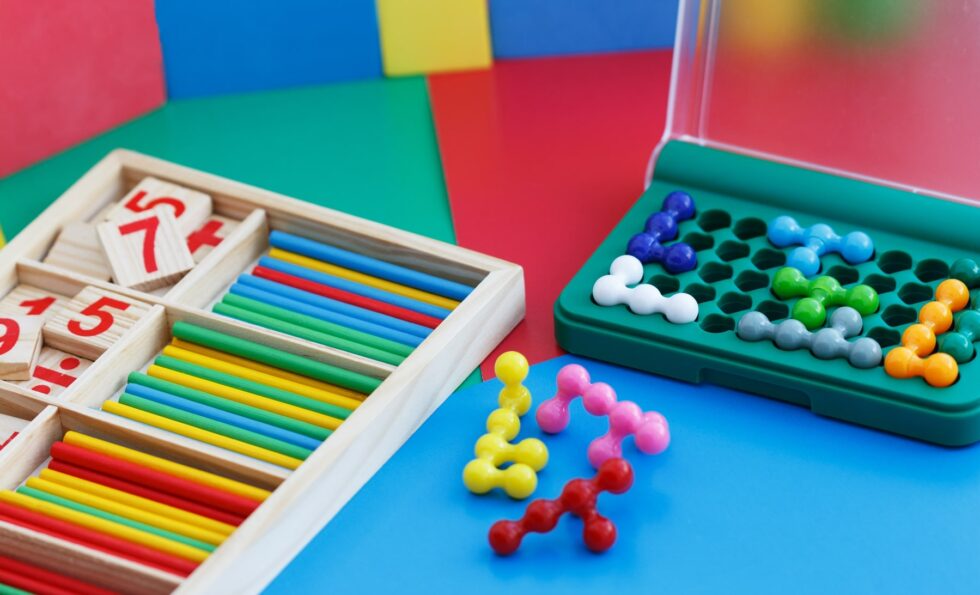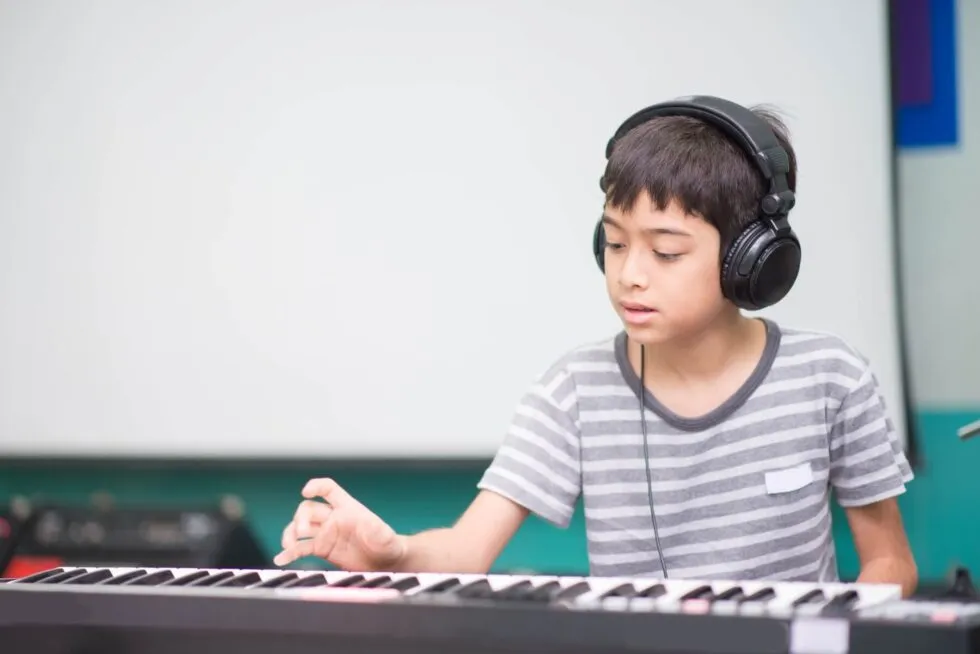Impulse control can be something that people struggle with from that early childhood, well into adulthood. Who hasn’t had daydreams about walking out of work in the middle of the day or opting out of a traffic jam with some impromptu off-roading? With age and life experience, we begin to understand the value of the rules of an organized society and have more awareness of the consequences of our actions.
Impulse control can be more challenging for children since they lack the experience or cognitive maturity to recognize how their present behavior can impact their future. For kids who have a mental health diagnosis or difficulties with self-regulation, executive functioning, or oppositional behavior, impulse control can become a steeper and more uphill battle.
Learn how to help kids develop impulse control strategies with fun games that provide important opportunities to practice waiting your turn, following rules, and listening to instructions.
Text in bold
Think of playing as life’s Trojan horse of learning — not many kids are going to enthusiastically line up for a lecture about the importance of listening to directions and following rules, but the right activity will teach kids these lessons in their own language, play.
At What Age Should a Child Learn Self-Control?
Impulse control issues are a normal part of childhood development. Hitting, biting, running inside, jumping on furniture, talking out of turn are not abnormal in young children.
Impulse control is more than adherence to the social contract where we agree to follow certain rules and expectations, it’s actually part of our overall growth and development.
According to parenting resource Zero to Three, the developmentally appropriate time to start expecting impulse control is around three and a half to four-years-old. Of course, all children are different and some have an easier time with self-regulation than others, but late preschool is the ideal age to introduce your child to impulse control activities.
This is a text in bold and with yellow background
Our 5 Favorite Impulse Control Games & Activities
Teaching impulse control doesn’t need to involve elaborate lesson plans; in fact, you are most likely already doing it daily without even recognizing your efforts.
The following activities are all popular childhood pastimes, with the added benefit of encouraging impulse control:
Red Light, Green Light
Although it’s more fun with a small group, you can play Red Light, Green Light with as few as three people. One person acts as the “stop light” while the others line up on the starting line. The stop light calls out “green light” and the players race towards them, getting as far as they can until the stop light yells “red light,” which is the sign to stop immediately. If players are still moving after “red light” is called, they must retreat back to the starting line. Whoever reaches the stop light first is declared the winner. Red Light, Green Light is a great game for helping kids learn the importance of listening and following directions. It also is helpful in terms of practicing body control.
Board Games
Board games are a fun activity for all ages and an entertaining way to spend some family time together. Make sure you choose a game that is relevant to your child’s age range and interests. Read the directions, ask your child to summarize them for you to gauge their level of understanding, and start playing! Board games require patience, taking turns, problem-solving, and are an easy way to practice learning to win or lose.
Simon Says
Perfect for preschoolers, but also fun for elementary school-aged children, Simon Says is the perfect activity for teaching impulse control. One person stands in front of the group and acts as Simon, issuing commands like “stand on one foot” or “quack like a duck” — however, players only follow those commands if they are preceded by the phrase “Simon says.” If a player accidentally acts on a command that didn’t start with the words “Simon says,” they are out, and the winner is the last player standing. Simon Says helps kids with listening, following directions, body control, and thinking before acting.
Card Games
Much like board games, card games offer enough structure to help children learn about impulse control with enough entertainment value to make it fun. Games like Uno, Skipbo, Go Fish, and Slap Jack requires patience, problem-solving, the ability to pay attention to directions, and often even anger management when things don’t quite work out as planned. Handling cards has the added bonus of supporting the development of fine motor skills.
Clapping Games
For a quick and easy game that also teaches impulse control, play a form of follow the leader with simple clapping patterns. One person claps a certain rhythm while the others listen and then claps that same pattern back. An activity like this helps promote good listening skills and allows children to be active and make some noise in a controlled way. This can be helpful as a movement break during the day and can promote practice with body control.
Helping your child learn and practice impulse control strategies will benefit them throughout their life. Try starting from an early age by teaching your child how to identify their emotions and helping them practice following directions. Coaching them on problem-solving skills and providing appropriate structure and rules can also be helpful tools. Impulse control games can support your efforts e by making learning — and teaching — more fun.

